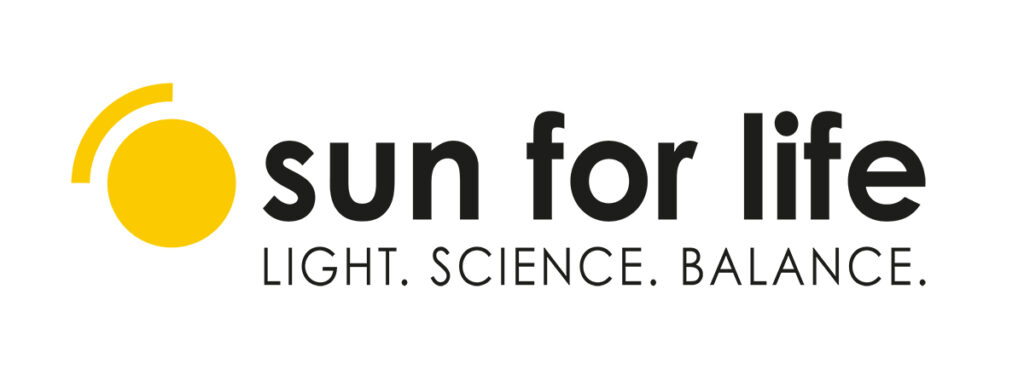Why can UV radiation be dangerous? Facts and warnings
The sun is with us every day and is an essential part of life on Earth. However, its presence is not always entirely kind to us.
Along with sunlight, we are exposed to ultraviolet (UV) radiation, which, although invisible to the eye, has a very strong impact on our bodies, especially on our skin. When exposure is not kept in moderation, it can become very dangerous.
Sunlight and Safety — Essential Facts Before Hitting the Beach or Tanning Bed
Moderate doses of UV radiation bring clear benefits, but excessive exposure can lead to serious and long-lasting health problems. The challenge is that many people are unaware of just how easy it is to cross the line of safety — especially in the summer, around noon, or while on vacation in countries with high sun exposure.
Sunburn — The First Warning Sign
The most well-known and immediately felt effect of too much UVB radiation is sunburn, a localized inflammatory response of the skin. It can manifest as redness, pain, burning, and in more severe cases — blisters. Although often underestimated, sunburns are real skin cell damage that can increase the risk of developing skin cancer, particularly if they occur frequently from early childhood.
Skin Aging — A Silent but Visible Effect
UVA radiation penetrates deeper into the skin than UVB and damages the skin’s supportive structures — collagen and elastin. This leads to the earlier appearance of wrinkles, sagging, discoloration, and loss of firmness. This process, known as photoaging, can be as intense as natural aging — and sometimes even faster.
Skin Cancer — The Greatest Risk
The most serious consequence of prolonged and intense sun exposure is the increased risk of skin cancer. There are three main types:
- Basal Cell Carcinoma (BCC) — the most common, slow-growing, and rarely spreads.
- Squamous Cell Carcinoma (SCC) — more aggressive and can spread to other parts of the body.
- Melanoma — the most dangerous form of skin cancer, fast-progressing and with a high mortality rate, especially in advanced stages.
The risk is particularly high for people with fair skin, numerous moles, and those who frequently suffer sunburns. Unfortunately, these effects can show up years later, making them easy to underestimate.
Allergic and Phototoxic Reactions
Certain substances — such as medications, perfumes, herbs, and even some cosmetics — can trigger photoallergic or phototoxic reactions when combined with UV radiation. Symptoms may include itching, rashes, blisters, or lasting discolourations, and treatment can often be lengthy and challenging.
Hidden Dangers — Weakened Immunity and Higher Susceptibility to Infections
While moderate UV doses can support the immune system, overexposure has the opposite effect — it can increase the risk of infections, affect lymphocyte activity, and weaken the body’s defensive responses. For people with compromised immune systems, UV radiation can be particularly harmful.
Summary of Risks
Sunburns — even a single severe sunburn can increase the risk of melanoma
Photoaging — wrinkles, discolouration, sagging skin
Skin cancers — BCC, SCC, and the deadly melanoma
Photoallergies/phototoxicity — reactions triggered by medications, perfumes, or cosmetics
Weakened immune system — increased susceptibility to infections
Risk groups — fair skin, numerous moles, family history of skin cancer
Source: ESA “White Book No2” – https://europeansunlight.eu/cms/wp-content/uploads/2022/05/ESA_White-Book-No.2_The-Positive-Effects-of-Sunlight_2022.pdf
